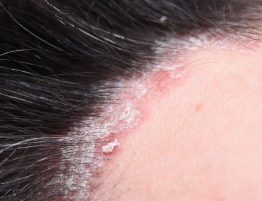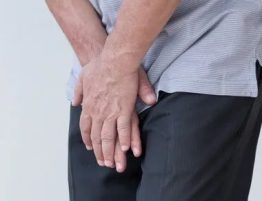
Transurethral resection of the prostate (TURP) is a surgery used to treat urinary problems that are caused by an enlarged prostate.
The prostate is a small gland in the pelvis only found in men. It’s located between the penis and bladder, and surrounds the urethra (tube that carries urine from the bladder to the penis).
If the prostate becomes enlarged, it can place pressure on the bladder and urethra. This can cause symptoms that affect urination.
An instrument called a resectoscope is inserted through the tip of the patient’s penis and into the tube that carries urine from the bladder (urethra). The resectoscope helps the doctor see and trim away excess prostate tissue that’s blocking urine flow.
Why is TURP Carried Out?
TURP is often recommended when prostate enlargement (benign prostatic hyperplasia) causes troublesome symptoms and fails to respond to treatment with medication.
Symptoms that may improve after TURP include;
- Problems starting to urinate
- A weak urine flow or stopping and starting
- Having to strain to pass urine
- A frequent need to urinate
- Waking up frequently during the night to urinate (nocturia)
- A sudden urge to urinate
- Being unable to empty the bladder fully
The Procedure
The surgery usually takes about 1-2 hours.
Anesthesia will be administered to the patient before surgery so they don’t feel pain. They may be given general anesthesia in which they are asleep and pain-free during the procedure or spinal anesthesia in which the patient remains awake, but numb from the waist and below during the procedure.
The surgeon will insert a scope through the tube that carries urine from the bladder out of the penis. A special cutting tool is placed through the scope. It is to remove the inside part of the prostate gland using electricity.
After the Procedure
Most often the patient will stay in the hospital for 1-3 days. In some cases, the patient may be allowed to go home the same day.
After the surgery, the patient will have a small tube, called a Foley catheter, in the bladder to remove urine. The bladder may be flushed with fluids (irrigated) to keep it clear of clots. The urine will look bloody at first. In most cases, the blood goes away within a few days.
Blood can also seep around the catheter. A special solution may be used to flush out the catheter and keep it from getting clogged with blood. The catheter will be removed within 1 to 3 days for most people.
What We Offer
We at Almurshidi Medical Tourism will find the best doctors to cater to your needs. We are partnered with a wide network of hospitals and clinics that provide top quality medical experience.
We provide free medical estimates, make medical appointments, and provide several medical opinions if needed at no cost.
Contact Us
For more information contact us at +66822004040 or via WhatsApp








